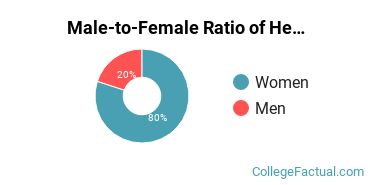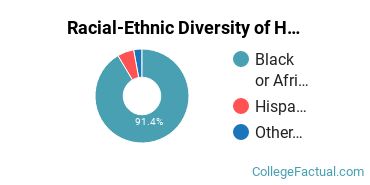 by our College Data Analytics Team
by our College Data Analytics TeamHealth Care Management is a concentration offered under the health and medical administrative services major at Strayer University - Georgia. We’ve pulled together some essential information you should know about the master’s degree program in health care management, including how many students graduate each year, the ethnic diversity of these students, and more.
You can jump to any section of this page using the links below:
During the 2019-2020 academic year, part-time graduate students at Strayer University - Georgia paid an average of $0 per credit hour. No discount was available for in-state students. Information about average full-time graduate student tuition and fees is shown in the table below.
| In State | Out of State | |
|---|---|---|
| Tuition | $14,940 | $14,940 |
| Fees | $195 | $195 |
Looking for online learning options? Good news, you can take online classes in the health care management master’s degree program at Strayer University - Georgia. To see if the school offers distance learning options in other areas, visit the Strayer University - Georgia Online Learning page.
Women made up around 80.0% of the health care management students who took home a master’s degree in 2019-2020. This is higher than the nationwide number of 73.2%.

Around 97.1% of health care management master’s degree recipients at Strayer University - Georgia in 2019-2020 were awarded to racial-ethnic minorities*. This is higher than the nationwide number of 43%.

| Race/Ethnicity | Number of Students |
|---|---|
| Asian | 0 |
| Black or African American | 32 |
| Hispanic or Latino | 2 |
| Native American or Alaska Native | 0 |
| Native Hawaiian or Pacific Islander | 0 |
| White | 0 |
| International Students | 0 |
| Other Races/Ethnicities | 1 |
*The racial-ethnic minorities count is calculated by taking the total number of students and subtracting white students, international students, and students whose race/ethnicity was unknown. This number is then divided by the total number of students at the school to obtain the racial-ethnic minorities percentage.
More about our data sources and methodologies.